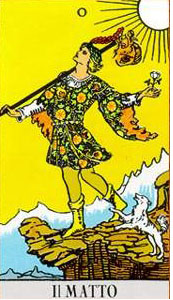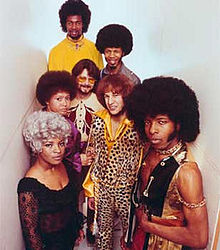April 3, 2013
Of course the West that anticipates and provides for the course of events on Earth, it is now considered the most effective and consistent way to appear. The problems, however, sometimes arise in considering the East, such as India, for example, a remnant of our action and knowing. As if the lands where the sun rises, they said it all.
The poems of East how I respond to the world offered by the poems of the West? What they say to the emotional style of the West? How do you respond Rabindranath Tagore?
One of the many responses came from Rabindranath Tagore, born in 1861 and died in 1941, the poet was awarded the Nobel Prize in 1913, musician, composer, painter, educator and philosopher Indian primary protagonist along with Mahatma Gandhi, including religious movements, political and social . Tagore uses the tools of the West, but he attempts a poetic language that Buddhism takes the idea of a separate nature from Nirvana and that makes contradictory picture of Western history as a struggle for biological life.
Rabindranath Tagore image taken HERE
Gitanjali VII
MY song has put off her adornments.
She has no pride of dress and decora-
tion. Ornaments would mar our union ;
they would come between thee and
me; their jingling would drown thy
whispers.
My poet’s vanity dies in shame before
thy sight. O master poet, I have sat
down at thy feet. Only let me make
my life simple and straight, like a flute
of reed for thee to fill with music.
Tagore in the hollow tube is not the West that it runs the risk of being weak to be eradicated, or as the poem “Broom” by Giacomo Leopardi in which this flower tries to resist and to fight against forgetting.
Here the barrel is already full, because it takes on new forms and substances Sheet.




